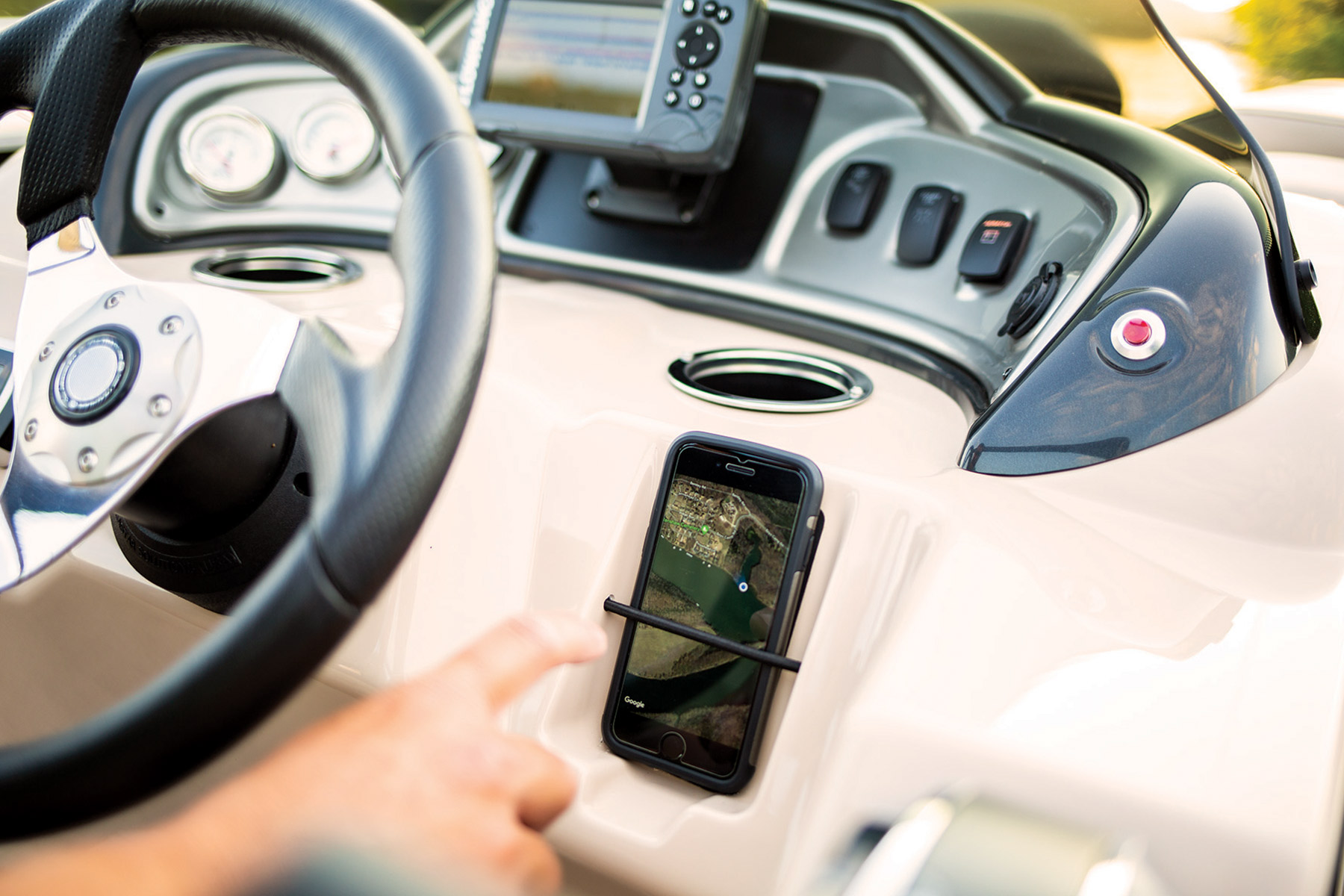Marine batteries are the unsung heroes among boat accessories. They stay hidden in a dark compartment, mostly ignored by everyone onboard, as they quietly do their jobs. That is, until the engine fails to start or the trolling motor doesn’t work.
The truth is, next to fuel, the batteries are the most important marine accessories on your boat. Some boaters give little thought to choosing the right batteries for their boat, though. After all, a battery is a battery, right?
Not necessarily, and here‘s why. Today’s more powerful accessories—such as widescreen electronics and high-thrust trolling motors—consume more amps than ever. The good news is newer batteries offer longer battery life, lighter weight and other features.
Do you need a deep cycle, starting battery or both? You can also have more choices than lead acid batteries. There is AGM, gel and lithium ion—each with its own pros and cons worth considering.
If your crusty old battery needs to go, find a replacement at your nearest Bass Pro Shops or Cabela’s. You will also find friendly, expert advice on which batteries are best for your boat.
Before you go, get started with these helpful tips.


